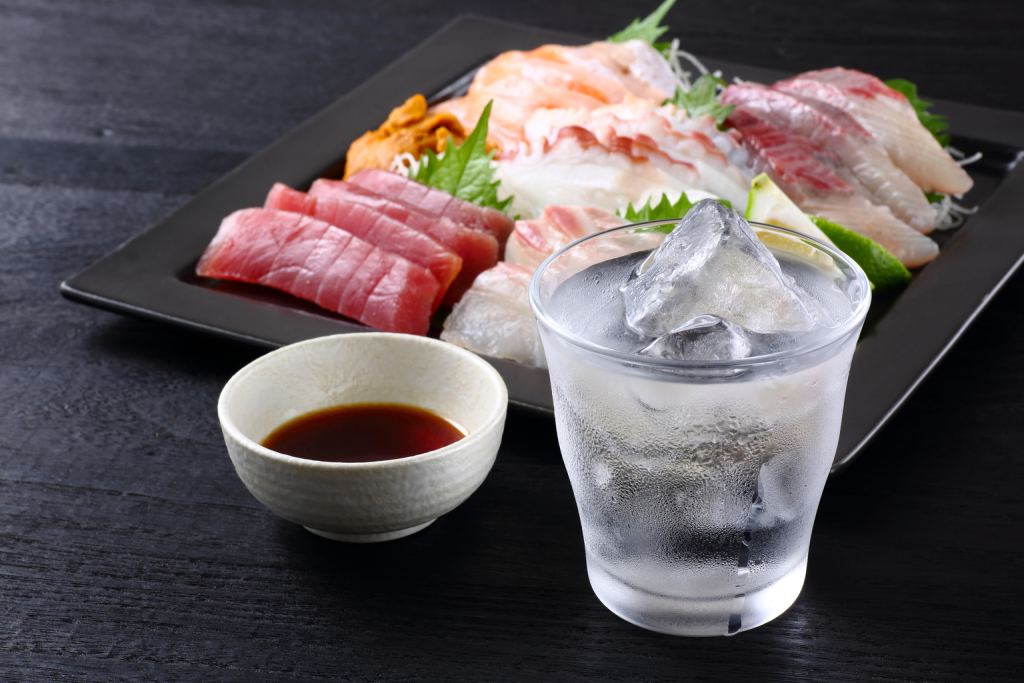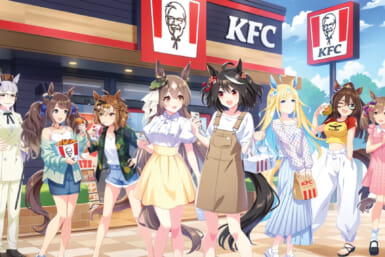Shochu is often a curiosity to foreigners. A distilled spirit made from up to 53 government-approved crops in order to be honkaku (genuine), it gives rise to a diverse range of flavor profiles. Whether the base ingredient is sweet potato, barley, rice, brown sugar, buckwheat or carrots, shochu often strikes the uninitiated palate with more questions than answers.
But in Kagoshima, a subtropical city poised on Kyushu’s southern coast, it is the locals’ undisputed poison of choice. There are currently 113 shochu distilleries in Kagoshima Prefecture – the majority of which have been around for over a century – creating more than 2,000 varieties of the spirit.
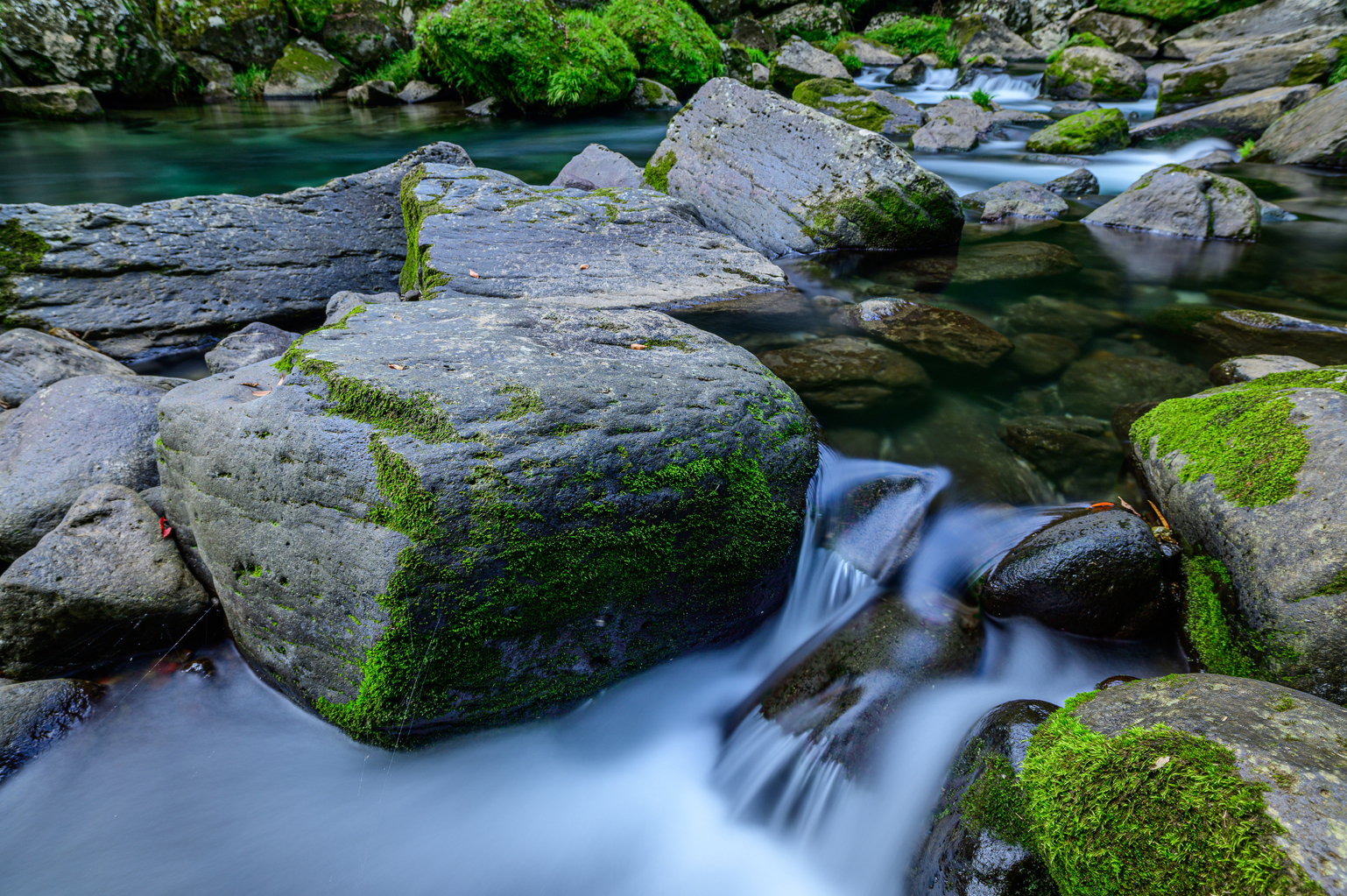
Shochu has a longstanding connection to the region, with its first recorded appearance coming from the report, Affairs Regarding Japan, written by Portuguese merchant and explorer Jorge Alvares in 1546. Alvares noted that people in the old port town of Yamakawa drank a distilled rice-based spirit, which scholars now believe to be shochu.
Kagoshima Prefecture is blessed with clean rivers feeding soft water – an essential element in high-quality shochu production – into the surrounding river basins. Furthermore, the prefecture is highly volcanic – one of Japan’s most active volcanoes, Sakurajima, lies on a peninsula to the south and is often seen belching ash into the atmosphere – which informed the spirit’s proliferation.
22,000 years ago, a Vesuvian eruption created the Aira Caldera and subsequently the Shirasu-Daichi pyroclastic plateau, which covers more than half of the Kagoshima mainland today. Such topography is not ideal for rice growing, meaning Japan’s most important grain was a hot commodity in the south of Kyushu. As such, the embryonic rice-based version of shochu was likely the preserve of the upper classes, given as gifts to the shogun and powerful daimyo (feudal lords) or delivered to shrines as votive offerings to the gods.
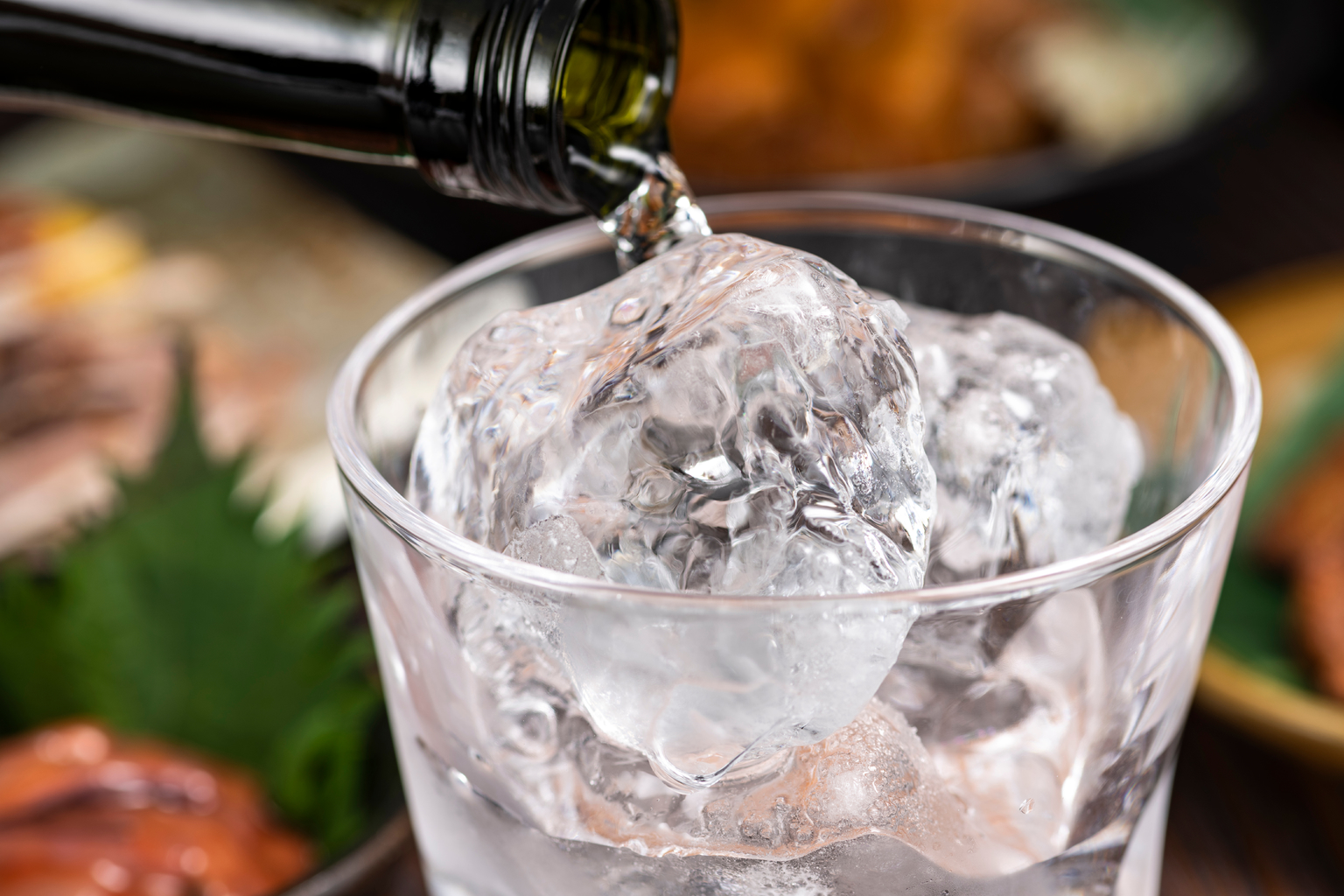
Imo (sweet potatoes), which flourish in volcanic soils, were then introduced to Japan through the Ryukyu Kingdom of Okinawa and the Satsuma Domain of Kagoshima in the early 1600s. This crop, from which Kagoshima’s most famous modern shochu is made, arrived through illegal trade with China while Japan was under its policy of national isolation, sakoku. Hence the local name for satsuma-imo (Kagoshima potato) is kara-imo (Chinese potato).
In the 1800s, one of Kagoshima’s great industrialists, Shimadzu Nariakira, driven by both a fascination of and trepidation about the west, encouraged sweet potato shochu production to fuel his fukoku kyohei (enrich the country, strengthen the military) ambitions.
“Imo shochu was made to provide alcohol for making fulminated mercury used in the firing caps of rifles as it was felt that using the precious rice stock was a waste,” says Alex Bradshaw, Director of Overseas Public Relations for Kagoshima Prefecture. “This eventually led to innovations in shochu production and it became much more palatable for people to drink. So, in essence it really was fire water for the samurai.”
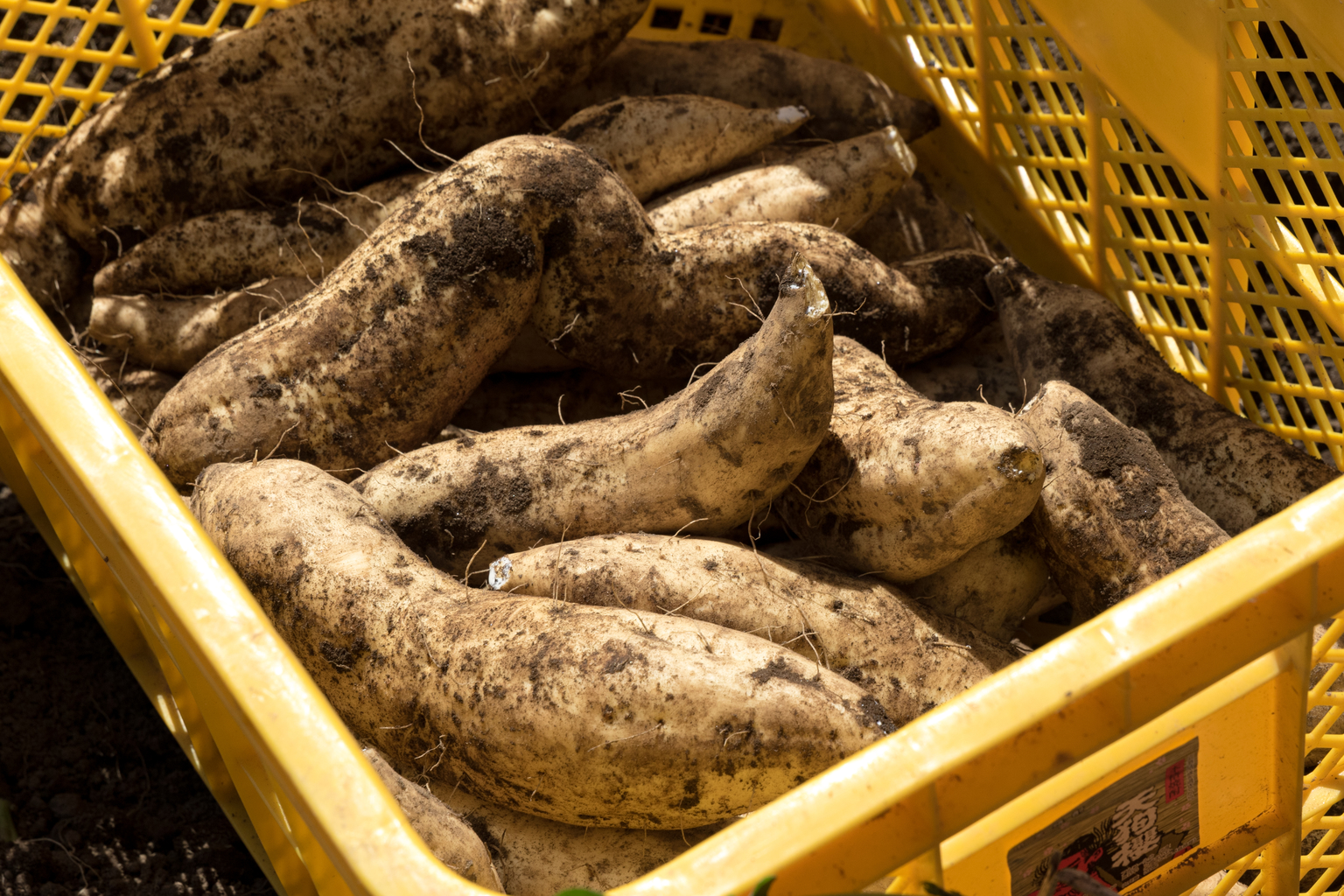
Kokuto, shochu made from brown sugar grown in the Amami Islands between Okinawa and Kyushu, is also popular in Kagoshima.
“The islanders were coerced into sugar production and kokuto shochu was a by-product born out of this,” adds Bradshaw. “It goes very well with the island food, and there’s nothing better than sitting on the beach in Amami listening to shima-uta [island music] with a cold glass of kokuto shochu in hand.”
Shochu remains baked into the fabric of Kagoshima today. Supermarket shelves are stacked high with myriad local brands, consigning the more famous nihonshu (rice wine or sake) to lone and dusty corners. Restaurants have shochu menus that tumble forth like rolls of parchment and serve the drink up to each diner’s specifications: on the rocks, as the base for a highball or with a touch of water (hot or cold) to the ideal amount of dilution.
Though a given, shochu’s flavor is hinged upon the base ingredient, its taste is imbued with local terroir and is often described as somewhere between vodka and whiskey. This marries well with Kagoshima’s meat-based cuisine and the thick and sweet soy sauce favored in the region. How each style of shochu is best paired, however, will depend on the food of choice: mugi (barley) shochu with grilled fish, imo shochu with yakiniku, kokuto shochu with yakitori or kome (rice) shochu with sashimi.
Kagoshima natives view shochu much as the Irish do Guinness, the French do wine and Greek’s do ouzo. “It’s a huge sense of pride for locals,” says Bradshaw. “In Kagoshima, shochu is king.”
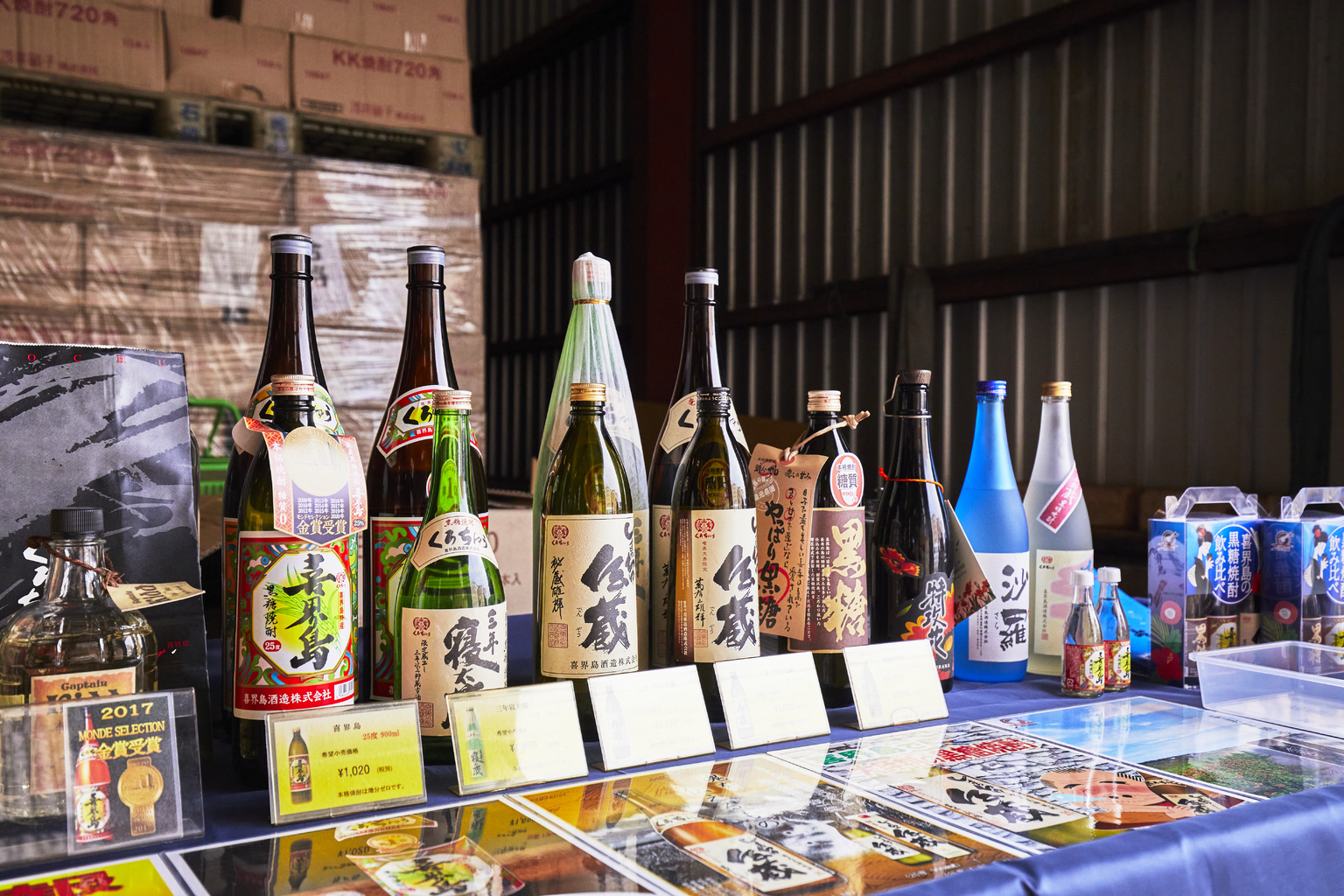
This fervent protection and celebration of Kagoshima’s regional drink has given rise to a shochu scene that’s been continuously iterated upon in the age of chic bars, modern mixology and experiential imbibing.
Yokaban, a small izakaya (whose name means “a wonderful night”) located on the curving pedestrian street Flamingo-dori, is a great crash course on the world of Kagoshima shochu. Alongside yakitori grilled on magma rock, the bar is renowned for its wide selection of tipples from local distilleries.
Bar Suke is an ode to Japanese elegance and craftsmanship, serving high-quality shochu in cut crystal glasses, known as Satsuma Kiriko, some of which cost north of $1,000. But far from being mere novelty, the shape and heaviness of each receptacle can alter the shochu’s flavor.
Roku, whose illuminated-bottle décor frames the bar like a theater set, serves over 300 brands of Kagoshima shochu. Plus, it’s staffed by American bartender and shochu expert Maya to help ease foreign visitors into their shochu journey.
Local distilleries have also been showered with accolades. This includes Hamada Shuzo which claimed top prize in the distilled spirits category at the 2019 International Wine & Spirit Competition for its Daiyame imo shochu.
Bradshaw features many local bars and distilleries on his People of Kagoshima YouTube series, which highlights the innovative folk who make modern Kagoshima tick. And it’s no surprise that their favorite alcoholic beverage makes frequent appearances.
“After all,” he says, “In Kagoshima, shochu is an integral part of life.”

